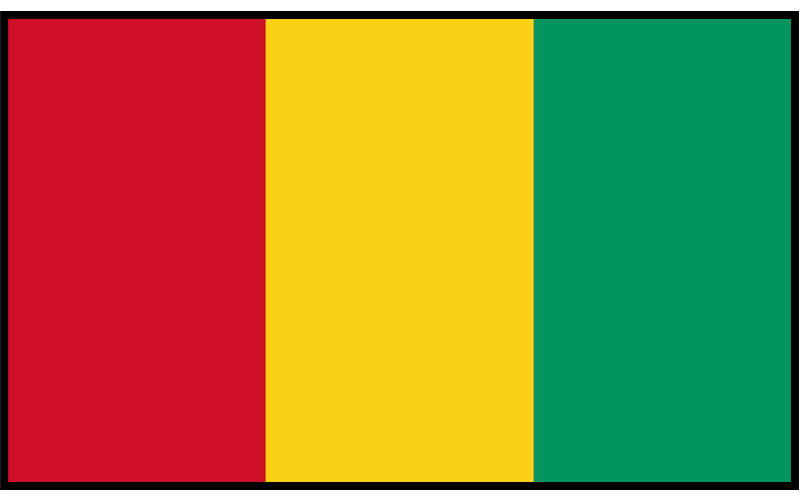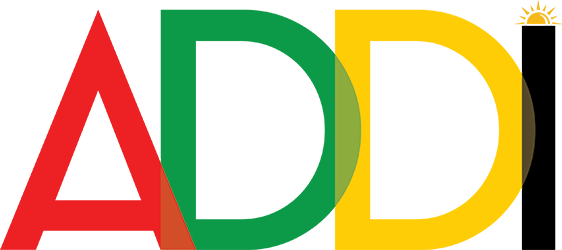
President: Alpha Condé (2010)
Prime Minister: Mamady Youla (2015)
Total area: 94,927 sq mi (245,861 sq km)
Population (2013 est.): 11,176,026 (growth rate: 2.64%); birth rate: 36.3/1000; infant mortality rate: 57.11/1000; life expectancy: 59
Capital and largest city (2009 est.): Conakry, 1.597 million
Monetary unit: Guinean franc
National name: République de Guinée
Languages: French (official), native tongues (Malinké, Susu, Fulani)
Ethnicity/race: Peuhl 40%, Malinke 30%, Soussou 20%, smaller ethnic groups 10%
Religions: Islam 85%, Christian 8%, indigenous 7%
National Holiday: Independence Day, October 2
Literacy rate: 41% (2010 est.)
Economic summary: GDP/PPP (2012 est.): $12.37 billion; per capita $1,100. Real growth rate: 3.9%. Inflation:15.2%. Unemployment: n.a. Arable land: 11.59%. Agriculture: rice, coffee, pineapples, palm kernels, cassava (tapioca), bananas, sweet potatoes; cattle, sheep, goats; timber. Labor force: 4.7 million (2012); agriculture 76%, industry and services 24% (2006 est.). Industries: bauxite, gold, diamonds; alumina refining; light manufacturing and agricultural processing industries. Natural resources: bauxite, iron ore, diamonds, gold, uranium, hydropower, fish. Exports: $1.348 billion (2012 est.): bauxite, alumina, gold, diamonds, coffee, fish, agricultural products. Imports: $2.606 billion (2012 est.): petroleum products, metals, machinery, transport equipment, textiles, grain, and other foodstuffs. Major trading partners: India, Russia, Spain, France, US, Germany, Ireland, Denmark, Ukraine, China, Netherlands (2012).
Communications: Telephones: main lines in use: 18,000 (201); mobile cellular: 4.5 million (2011). Broadcast media: government maintains marginal control over broadcast media; single state-run TV station; state-run radio broadcast station also operates several stations in rural areas; a steadily increasing number of privately-owned radio stations, nearly all in Conakry, and about a dozen community radio stations; foreign TV programming available via satellite and cable subscription services (2011). Internet hosts: 15 (2012). Internet users: 95,000 (2009).
Transportation: Railways: total: 1,185 km (2008). Roadways: total: 44,348 km; paved: 4,342 km; unpaved: 40,006 km (2003). Waterways: 1,300 km (navigable by shallow-draft native craft) (2011). Ports and harbors: Kamsar. Airports: 16 (2012).
Fun Facts
- Guinea is richly endowed with minerals, possessing an estimated quarter of the world’s proven reserves of bauxite, more than 1.8 billion metric tons (2.0 billion short tons) of high-grade iron ore, significant diamond and gold deposits, and undetermined quantities of uranium.
- Guinean cuisine varies by region with rice as the most common staple.
- Guinea is also called Guinea-Conakry to distinguish it from Guinea-Bissau, which is also in Africa.
